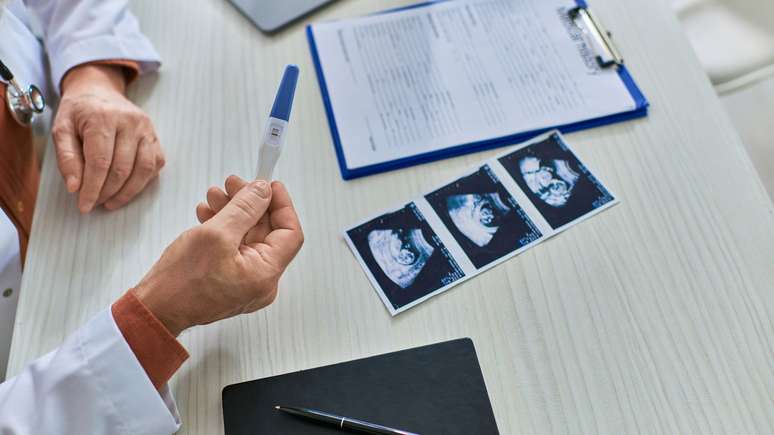The expert clarifies the main questions about the procedure that has helped more and more couples to realize the dream of motherhood
The dream of building a family is part of the life of many couples, but health problems or age can make this path more demanding. In vitro fertilization (IVF) emerges as an important alternative, although still surrounded by doubts, insecurities and myths. Understanding what is done and what is disinformation can make the difference for those who are taking the first steps in this process.
According to dr. Daniel Fúndes, CEO, doctor and specialist in the assisted reproduction of the FivMed laboratory, many people still have a limited vision of in vitro fertilization. “Although the treatment is becoming more and more accessible, many still believe that it is limited to cases of severe infertility. In fact, in vitro fertilization can be a solution to a series of situations, including those in which the couple wants to plan pregnancy in a safer or even preserve fertility “Comments Dr. Daniel Fúndes.
With this in mind, we have collected five of the most frequent questions that reach the offices on in vitro fertilization.
In vitro fertilization always causes a twin pregnancy – myth
One of the most common doubts is if in vitro fertilization always leads to a multiple pregnancy. Currently, the protocols give priority to the safety of the mother and child and the recommendation is the transfer of a single embryo at a time. “This scenario was more common in the past, when the medical practice included the transfer of a maximum of four Embryons to D3 (third day of evolution) by attempt, because successful rates were much lower. Due to the progress of the techniques and improvement of successful tariffs by transferring the stages of the embryos, the number of embryos was transferred to one or most.explains.
FIV should be considered only after years of attempts – myth
Another common point is to think that in vitro fertilization should be taken into consideration only after many years trying to get pregnant without success. According to the expert, this belief can delay the beginning of a treatment that, in many cases, is more chances of success when they start early, especially due to the age of the woman who is a key factor for the success of the treatment. More waiting time, age of the elderly woman. “Women with endometriosis, low ovarian reserve, serious male factor or women with a family history of early menopause, for example, can benefit greatly when they are looking for a guide before crossing long periods of attempts without results or performing inefficient treatments for some causes of infertility.”Guides.
The patient’s emotion is usually underestimated – truth
Social pressure, the fear of not reaching and the physical and psychological usury of attempts can make the research even more demanding. Therefore, the psychological follow -up has become an essential part of the treatment. “Fiv involves very intense expectations and emotions. Therefore, good emotional support from the beginning, combined with welcoming and individualized care, makes the difference in the patient’s journey.”The professional highlights
The age of the woman interferes directly with the results – truth
From the age of 35, the Ovaric Reserve, which represents the quantity and quality of the eggs, begins to decrease more clearly. However, this does not mean that women over the age of 35 or 40 cannot be pregnant, but that the accompaniment should be even more attentive. “Age is a decisive factor of fertility and also occurs in assisted reproduction. First the woman seeks a guide and treatment, the greater the chances of success with FIV. It is still possible to obtain good results at the most advanced ages, provided that the treatment is well planned.”clarifies.
The pregnancy of in vitro fertilization is different from the natural myth
Another frequent question is if there is a difference between natural pregnancy and pregnancy of fertilization. The answer is no. After confirmation of the positive, the development of the child follows the same rhythm and the same precautions as any other pregnancy. “Science helps to start the process, but from there the woman’s body takes on the command. The bond, the growth of the child and the motherhood experience are exactly like in any other pregnancy. What can be very different is the value that this pregnancy has for the couple, especially if this pregnancy has taken a long time to become real. The execution of the prenatal carefully for the needs of each phase should go to no pregnancy.”It ends.
*Text by Paloma Stuchi, from Alpha Press
Source: Terra
Ben Stock is a lifestyle journalist and author at Gossipify. He writes about topics such as health, wellness, travel, food and home decor. He provides practical advice and inspiration to improve well-being, keeps readers up to date with latest lifestyle news and trends, known for his engaging writing style, in-depth analysis and unique perspectives.


